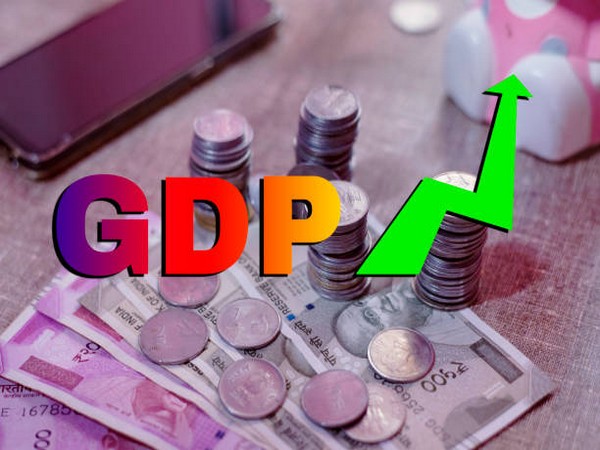India’s real Gross Domestic Product (GDP) growth is predicted to moderate to 6.8 per cent in fiscal 2025, down from 8.2 per cent in fiscal 2024, according to a recent report by CRISIL. The credit rating agency attributes this slowdown to high interest rates and lower fiscal impulse, which may lead to higher borrowing costs and reduced government spending. Despite this, the forecast of an above-normal monsoon brings hope for the rural economy, which struggled in the previous fiscal year.
Recent data from the Ministry of Statistics and Programme Implementation reveals that India’s GDP performed better than expected in the January-March quarter, with a growth rate of 7.8 per cent. The full-year GDP for 2023-24 has been revised upwards to 8.2 per cent, marking a significant increase from the previous year. The Consumer Price Index (CPI) is expected to soften to 4.5 per cent in the current fiscal year, driven by lower food inflation, a favorable monsoon, and a high base from fiscal 2023-24.
Inflation, as measured by the CPI, has been on a downward trend, reaching a 12-month low of 4.75 per cent in May. Despite this, it remains above the ideal 4 per cent scenario and is within the Reserve Bank of India’s (RBI) comfort level of 2-6 per cent. CRISIL forecasts two policy rate cuts by the RBI in fiscal 2025, with the first expected in October. The agency believes that the strong economic growth momentum gives the RBI the flexibility to keep rates high to achieve its inflation goal of 4 per cent.
Looking ahead, CRISIL anticipates that the current account deficit (CAD) will average 1.0 per cent of GDP in fiscal 2025, similar to the estimate for fiscal 2024. The agency expects that moderate domestic growth and robust exports, fueled by an expected uptick in global trade volume, will help keep the trade deficit and CAD in check. Gross market borrowing for the current fiscal year is projected to be Rs. 14.1 lakh crore, representing an 8.4 per cent decrease from the previous year.
In conclusion, India’s economic growth is expected to moderate in fiscal 2025, but the forecast of an above-normal monsoon and a favorable inflation outlook provide some optimism. The RBI is anticipated to implement policy rate cuts to support the economy while keeping inflation in check. The country’s current account deficit is projected to remain stable, supported by resilient exports. Overall, while challenges lie ahead, the Indian economy is poised to weather the storm and continue its growth trajectory in the coming years.











